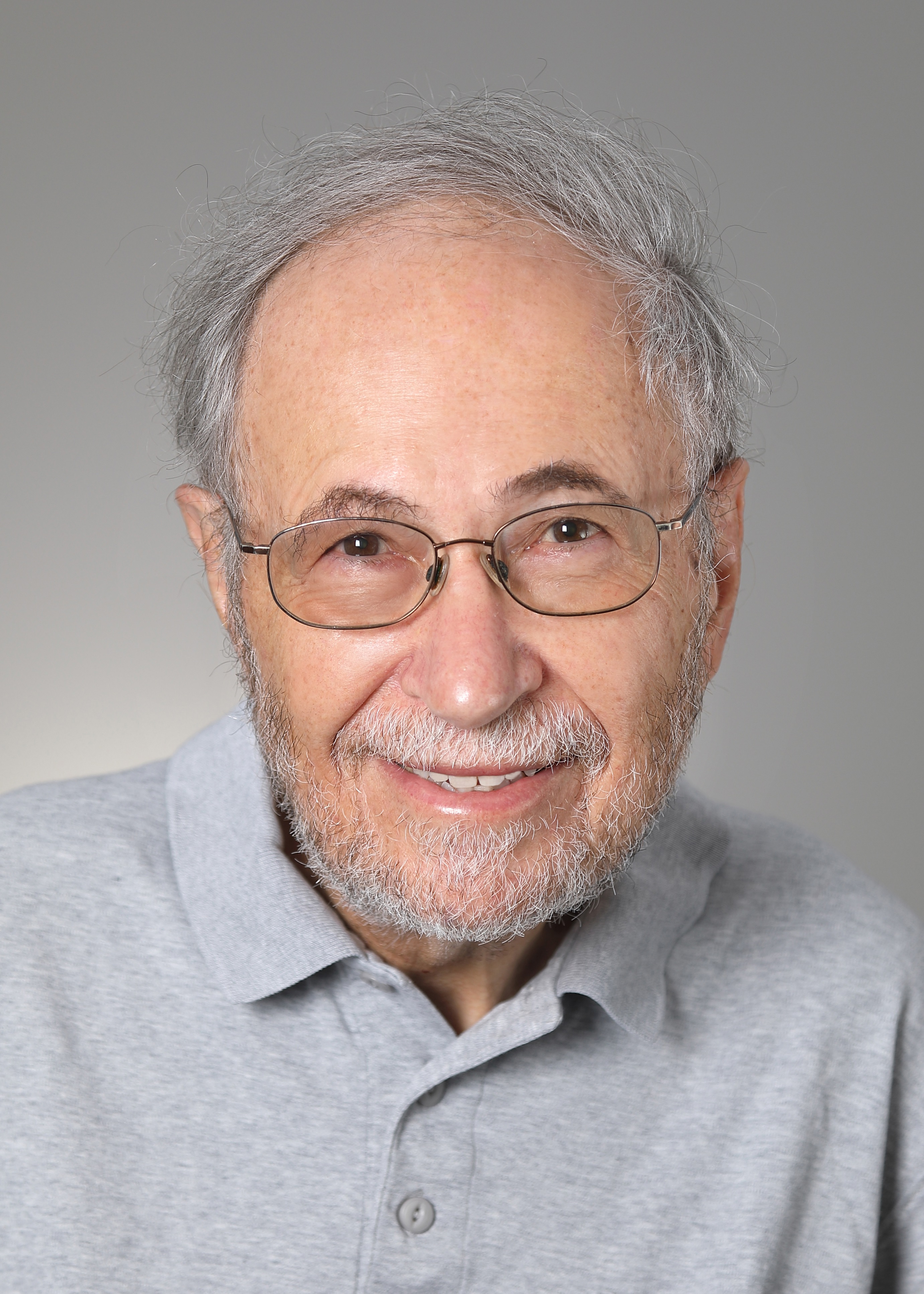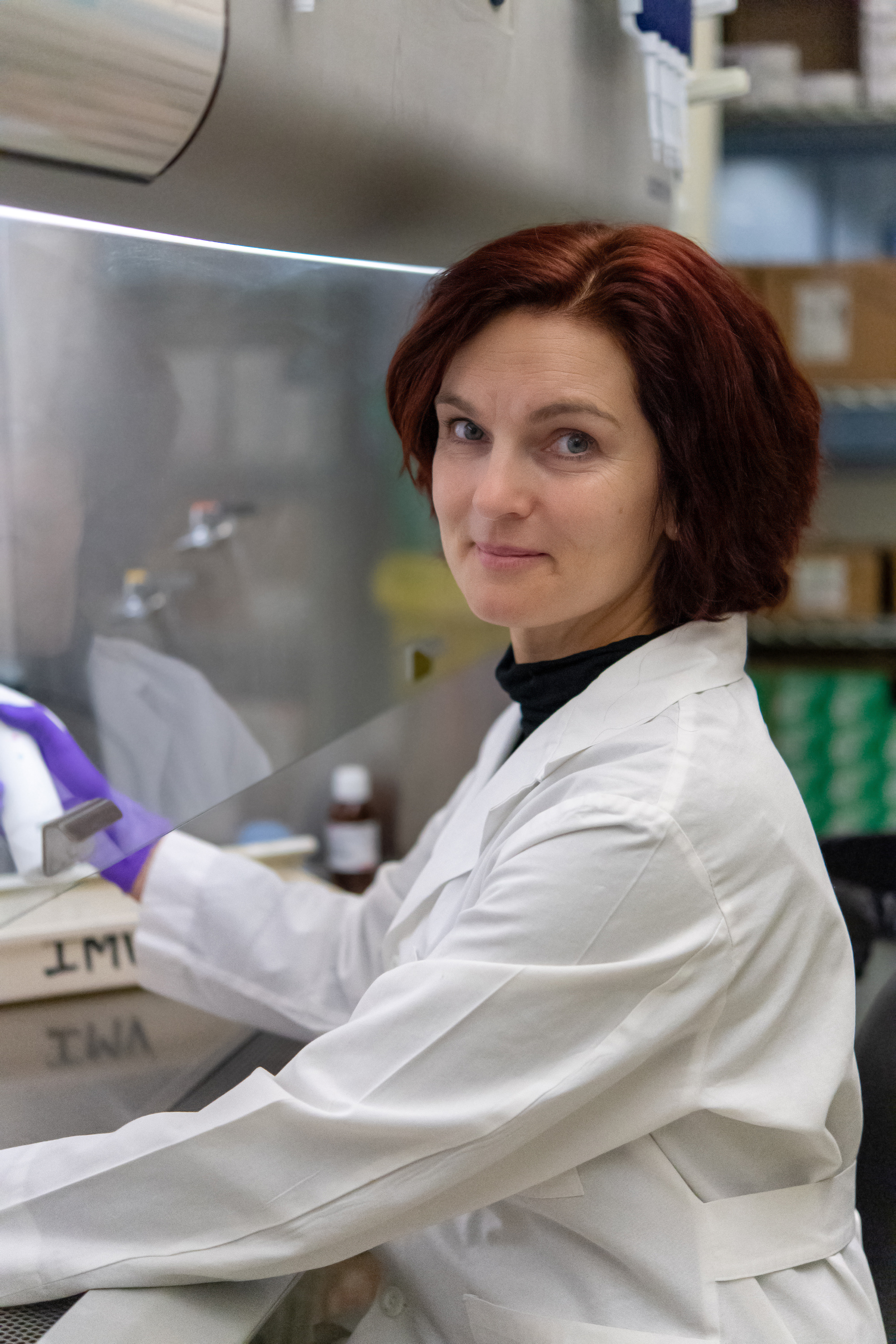Education:
Ph.D., University of Wisconsin
B.S., California Institute of Technology



Education:
Ph.D., University of Wisconsin
B.S., California Institute of Technology

Education:
M.D., 1971, Washington University School of Medicine, St. Louis, MO

Education:
Ph.D., University of Wisconsin-Madison
Education:
Ph.D., Massachusetts Institute of Technology
M.D., New York University School of Medicine

Education:
Ph.D., 1991, University of Texas Health Science Center at San Antonio

Education:
Dr. rer. Nat. (Ph.D.), Friedrich-Alexander University Erlangen-Nürnberg, Germany
Diplom (M.Sc.), Freidrich-Alexander University Erlangen-Nürnberg, Germany
Vordiplom (B.Sc.), Friedrich-Alexander University Erlangen-Nürnberg, Germany

NIAID established the Centers of Excellence for Influenza Research and Response (CEIRR) to study natural history, transmission, and pathogenesis of influenza and provide an international research infrastructure to address influenza outbreaks. CEIRR replaced the Centers of Excellence for Influenza Research and Surveillance (CEIRS) program, which was supported by contracts that concluded on March 31, 2021.
The CEIRR sites will conduct studies in the United States and internationally that follow cohorts of people to evaluate influenza-related research areas, such as understanding immune responses to vaccination and infection and identifying which immunological factors can determine influenza disease severity. They also will undertake projects on influenza surveillance, including transmission of influenza viruses from animals to humans (zoonotic transmission) to better understand how influenza viruses evolve, adapt, and transmit. The sites will prepare studies that could be rapidly launched as part of emergency research responses to outbreaks of influenza and other emerging viral pathogens.
Although CEIRR is primarily focused on influenza, the network also will study SARS-CoV-2, the virus that causes COVID-19, and other emerging viruses of pandemic potential.
NIAID also established the Influenza Data Processing and Communication Center (iDPCC) in parallel with the CEIRR contracts. The iDPCC will support the data processing, coordination, and reporting of the CEIRR sites, as well as serving as a central communication resource. This will include extensive outreach to the broad scientific community to share information on NIAID’s influenza research programs and help facilitate access to influenza reagents and resources.
The Ichan School of Medicine at Mount Sinai in New York (PI: Adolfo Garcia-Sastre, Ph.D.)
The University of Pennsylvania in Philadelphia (PI: Scott Hensley, Ph.D.)
St. Jude Children’s Research Hospital in Memphis, Tennessee (PI: Richard Webby, Ph.D. and Co-PI Stacey Schultz-Cherry, Ph.D.)
Emory University in Atlanta (PI: Walter Orenstein, M.D. and Co-PI Anice Lowen, Ph.D.)
University of Georgia Research Foundation, Inc., Athens (PI: Stephen Mark Tompkins, Ph.D. and Co-PI: Pejman Rohani, Ph.D)
Digital Infuzion, Gaithersburg, MD. (PI: Stephan Bour, Ph.D.)
Reagents generated by CEIRR research will be made available to the scientific community through the BEI Resources Repository.
The Chemical Countermeasures Research Program (CCRP) supports the discovery and early development of medical countermeasures (MCMs) to treat the acute and/or long-term chronic toxicities after exposure to highly toxic chemicals. These highly toxic chemicals have been identified as high consequence public health emergency threats by the U.S. Department of Homeland Security.
The virology team focuses on gaining a deeper understanding of viral pathogenesis and advancing clinical approaches to assist in managing diseases. The team works with a range of high-consequence viral pathogens.
The team leverages fundamental methodologies, such as:
The pathology and histology teams work together to conduct morphologic assessments and molecular assays using in-life and postmortem samples attained during research studies that develop and use established animal models of high-consequence emerging human viruses. The clinical pathologic and histopathologic data are interpreted by the pathologists using historical controls, or within-study controls, to generate reports that address specific pathology-associated aims of each study.